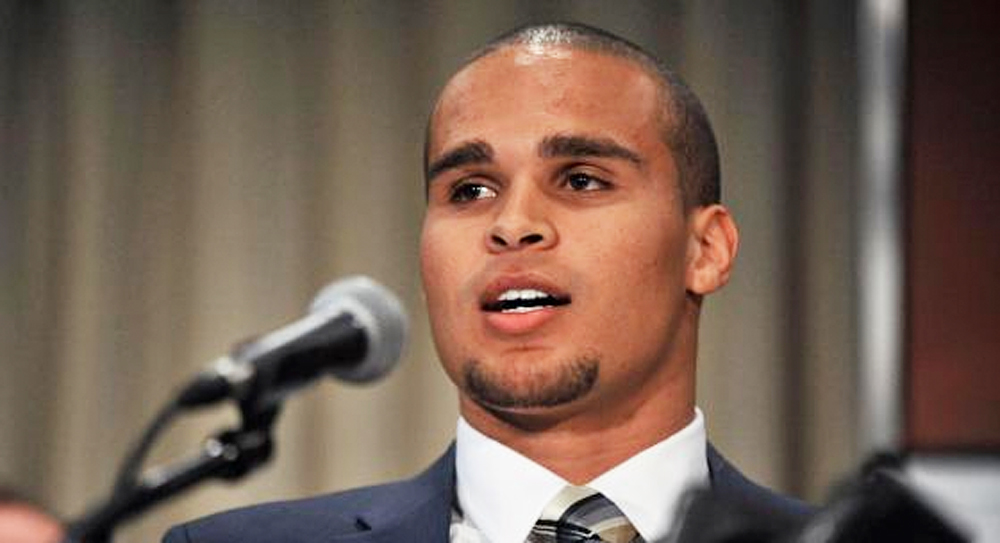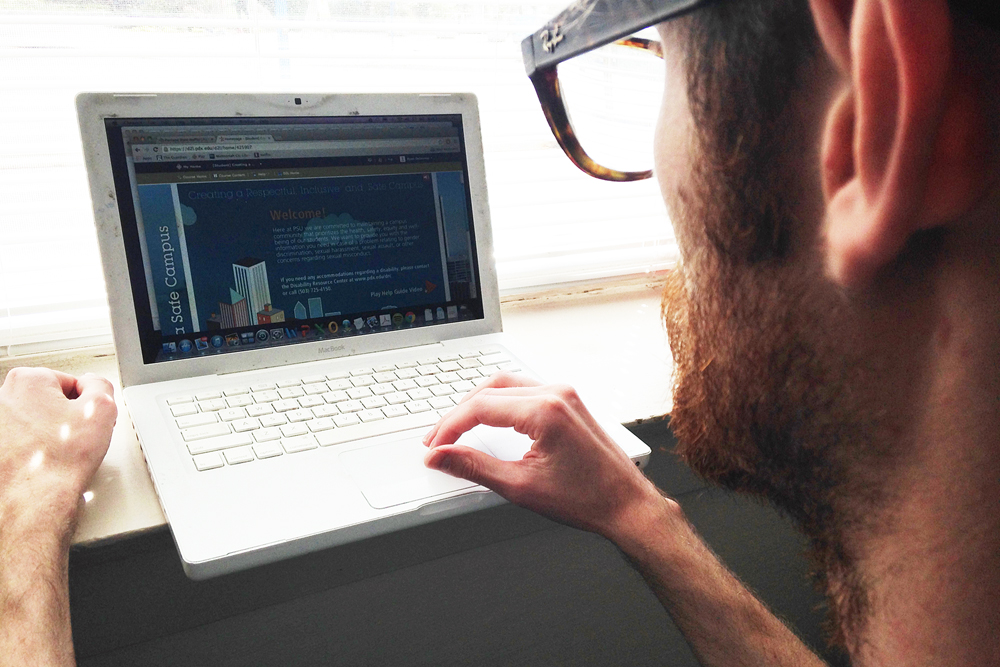On March 26 the Chicago District of the National Labor Relations Board ruled that the student athletes at Northwestern University qualify as employees.
Football players, and indeed all student athletes, are hard to differentiate as either “student athletes” or “employees.” This is in part because student athletes receive unique compensation—in the form of scholarships and stipends—in exchange for their time. This time consists of lengthy training camp regimens, long practice hours, traveling far distances, and of course, games. And in addition to their unique form of payment, the question of whether or not playing football at the collegiate level is equivalent to being in the workplace straddles an already blurry line.
But student athletes are essentially different from other forms of scholarships that act as payments. As the ruling court declared, football players are subject to ‘special rules.’ For instance, according to the NLRB, “freshmen and sophomore year players receiving scholarships are required to live in on-campus dormitories. Only upperclassmen players are permitted to live off campus and even then they are required to submit their lease…for approval before they can enter into it.” These types of stipulations differentiate between athletes and, let’s say, the peer mentors of PSU who receive stipends and are given scholarships that pay for tuition.
Another crucial point is that the NLRB is acting on a precedent that sets a wide definition of employee. Because of prior Supreme Court rulings, the term “employee” carries a common law definition, and “Under the common law definition, an employee is a person who performs services for another under a contract of hire, subject to the other’s control or right of control, and in return for payment.” The NLRB decided that student athletes fit this definition.
It was Northwestern quarterback Kain Colter who pioneered this issue. “Number one, you have to look at the medical side of things,” said Colter. “Right now the NCAA doesn’t guarantee that any of our medical bills will be paid.”
Considering the damage the game does to player’s bodies, especially after new information has come to light, including information about chronic traumatic encephalopathy, that has been linked to a string of suicides among former NFL players, it is no surprise that medical bills are at the forefront of Colter’s argument.
NCAA president Mark Emmert strongly disagrees with the board’s ruling.
“To be perfectly frank, the notion of using a union employee model to address the challenges that do exist in intercollegiate athletics is something that strikes most people as a grossly inappropriate solution to the problems.”
Another point of contention is to what degree these young men are students and to what extent they are athletes. Players are allowed to study, naturally, but according to Northwestern head football coach Pat Fitzgerald,
as long as they “get their mind right to get ready to play,” they are not allowed to take other jobs, and regularly devote 50–60 hours a week to football. These are, the board ruled, irregular student conditions.
In the end, this seems like a big win for student rights.
Considering Northwestern football made $235 million between 2003 and 2012, and use their player’s images (from video games to billboards) to generate that revenue, it seems only fair that these players should be given more of a voice. And, essentially, that is what this decision is about: Players’ rights to fight for their working conditions.






